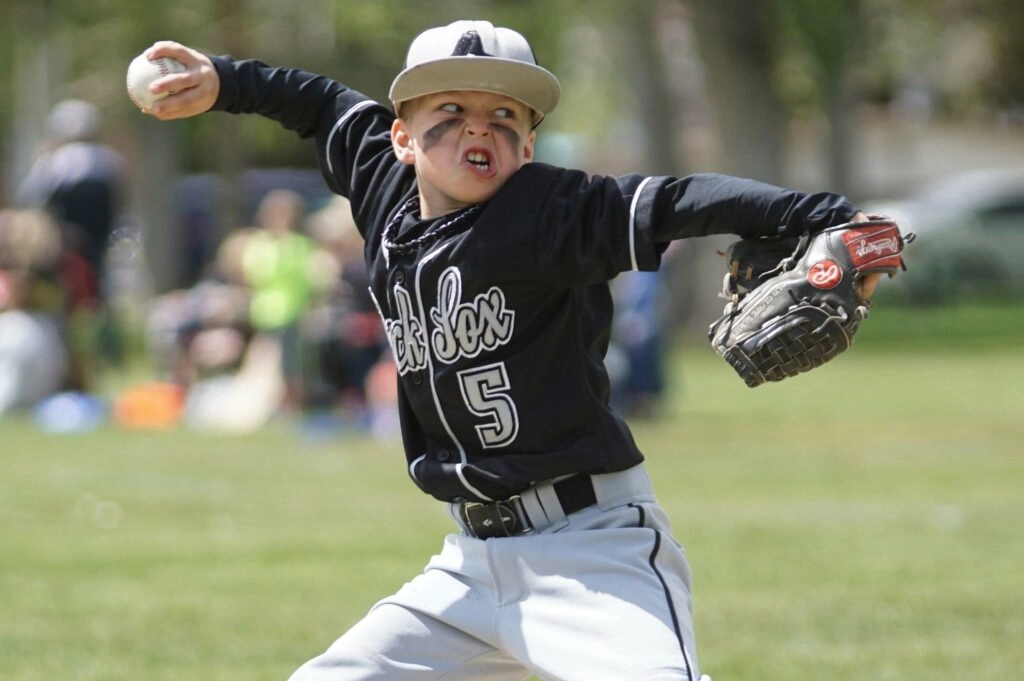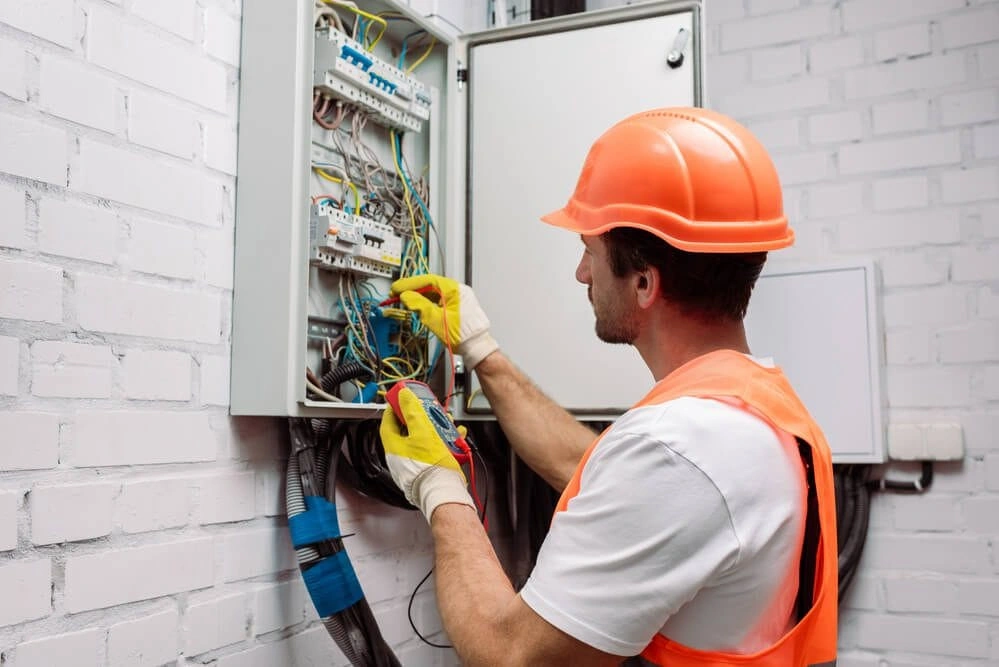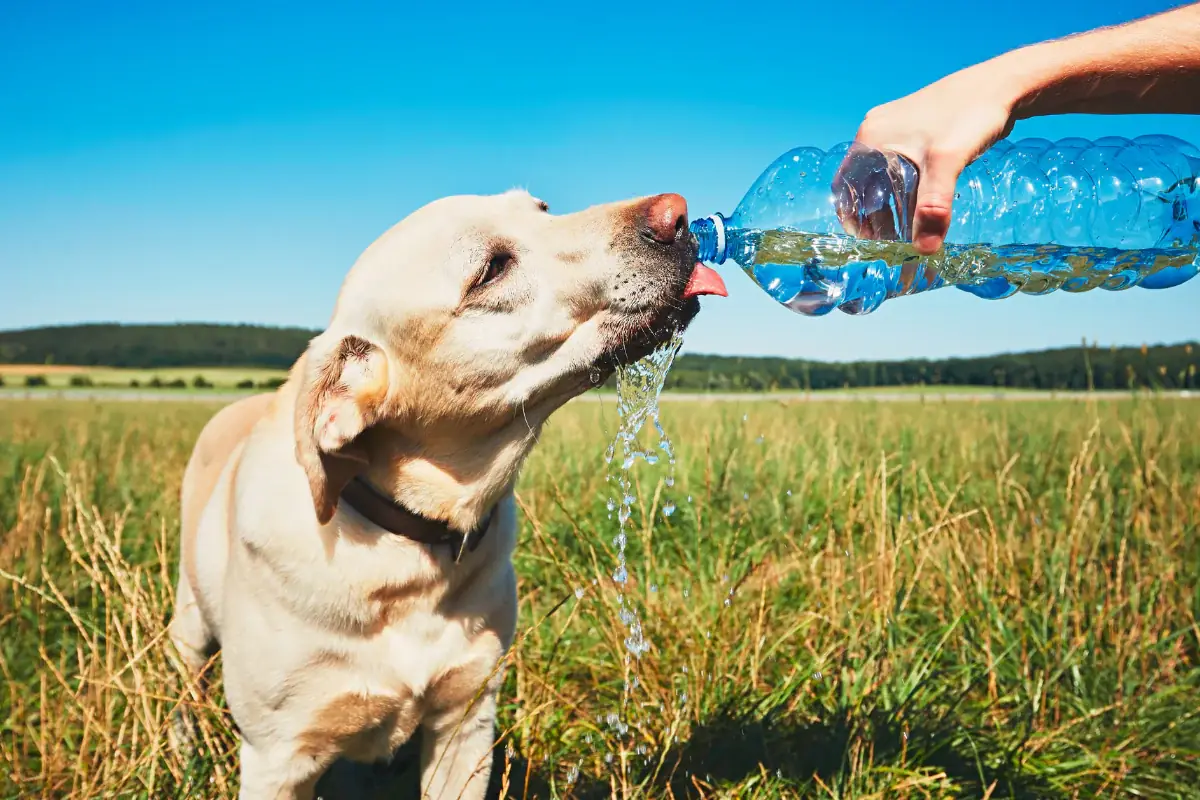Ensuring the safety of young athletes on the diamond is paramount for Little League organizations. Strict equipment safety protocols, including helmet fittings, bat and ball checks, and specialized gear for catchers, are crucial in preventing injuries and creating a nurturing environment for players. By prioritizing safety, organizations can reduce the risk of harm and foster a positive experience beyond the field. How do these efforts impact players’ academic performance and personal growth?
Key Takeaways
- Verify helmets meet Little League equipment safety guidelines to ensure a snug and secure fit to reduce head injury risks.
- Regularly inspect bats and balls for damage and wear to prevent accidents and ensure compliance with safety guidelines.
- Equip catchers with specialized protective gear, including helmets, chest protectors, and shin guards, to prevent injuries from wild pitches and foul tips.
- Maintain a safe playing environment through regular field inspections, drainage system maintenance, and debris removal to prevent accidents and injuries.
- Implement comprehensive safety protocols and coaching strategies to minimize injury risks and promote a positive and healthy experience for players.
Ensuring Proper Fitting of Helmets
Regularly, parents and coaches should verify that each player’s headgear meets the Little League equipment safety guidelines, ensuring a suitable fit to minimize the risk of head injuries. A helmet that fits snugly and is securely fastened can significantly reduce the risk of concussions and other head injuries, promoting a safer playing environment.
Safety Checks for Bats and Balls
Each bat and ball used in Little League games must undergo rigorous safety checks to guarantee they meet the Little League equipment safety guidelines, thereby preventing accidents and injuries caused by faulty or damaged equipment.
- Inspect bats for fractures, dents, or worn-out grips
- Check balls for tears, fractures, or uneven surfaces
- Verify that bats and balls meet Little League equipment safety options
- Document safety checks and maintain records for future reference
Protective Gear for Catchers Only
Receivers, due to their proximity to the batter, require specialized protective gear that complies with Little League equipment safety guidelines to prevent injuries from wild pitches and foul tips. This includes a helmet, chest protector, shin guards, and knee savers. Ensuring a proper fit and regular inspections are essential to maintaining the effectiveness of this vital gear.
Field Maintenance for Safe Play
Consistently inspecting and maintaining the playing field is crucial in preventing hazards and adhering to Little League equipment safety guidelines, as uneven terrain, debris, and damaged fencing can lead to accidents and injuries. To guarantee a safe playing environment, consider the following:
- Regularly inspect the field for hazards and damage
- Maintain proper drainage and irrigation systems
- Repair or replace damaged fencing and netting
- Remove debris and obstacles from the playing surface
Coaching Safety Protocols Matter
Effective coaching involves more than just instructing baseball skills, as it also requires a thorough understanding of Little League equipment safety options and the implementation of comprehensive safety protocols to minimize the risk of injuries and ensure a secure playing environment. By adhering to these guidelines, coaches can create a safe space for players to develop their skills, promoting a positive and healthy experience.

Frequently Asked Questions
What Are the Consequences of Not Following Little League Equipment Safety Guidelines?
Neglecting to follow Little League equipment safety guidelines can result in serious consequences, such as player injuries, legal responsibilities, and reputational harm to the organization, ultimately jeopardizing the well-being and success of young athletes.
How Often Should I Inspect My Child’s Little League Equipment for Damage?
Regular equipment inspections are vital to guarantee player safety. Parents should inspect their child’s Little League equipment monthly, checking for signs of wear, cracks, or damage, and replace or repair items as needed to prevent injuries.
Can I Reuse Broken or Damaged Little League Equipment After Repair?
When considering the reuse of repaired broken or damaged Little League equipment, prioritize caution: conduct thorough inspections, follow manufacturer guidelines, and consult with coaches or league officials to guarantee player safety and minimize potential risks.
Are There Any Specific Little League Equipment Safety Options for Younger Players?
Yes, Little League gear safety guidelines emphasize customized safety measures for younger players, including smaller, lighter bats and softer, reduced-impact baseballs to minimize injury risks and promote a safer playing environment.
What Are the Penalties for Not Adhering to Little League Equipment Safety Guidelines?
Non-compliance with Little League equipment safety guidelines may result in penalties, including game forfeits, team disqualification, and even league expulsion, underscoring the importance of adhering to safety protocols to guarantee player well-being.
Conclusion
By following Little League equipment safety guidelines, organizations establish a secure environment that promotes athletic development and extends into academic and personal growth. The implementation of helmet fitting, bat and ball safety checks, specialized catcher gear, field maintenance, and coaching safety protocols reduces injury risk, allowing players to focus on skill development. This holistic approach to safety nurtures a positive and supportive environment, ultimately enhancing the overall Little League experience.
You May Also Like:



